Think of yourself trying to keep multiple balls in the air, each one representing a task.
At first, it feels like a challenge you can handle, juggling one ball, then two, then three. But as more balls get added, the pressure builds, your focus weakens, and eventually, you drop a few.

That was me, trying to manage everything at once, feeling like I was barely holding it together. Work felt overwhelming, but once I figured out how to manage my energy and time, I was able to approach challenges with a strategy instead of stress.
If you’ve ever felt like you’re struggling to keep up, you’re not alone. I’ve been there, and I’ve learned how to regain control.
These three steps turned my work pressure into productivity:
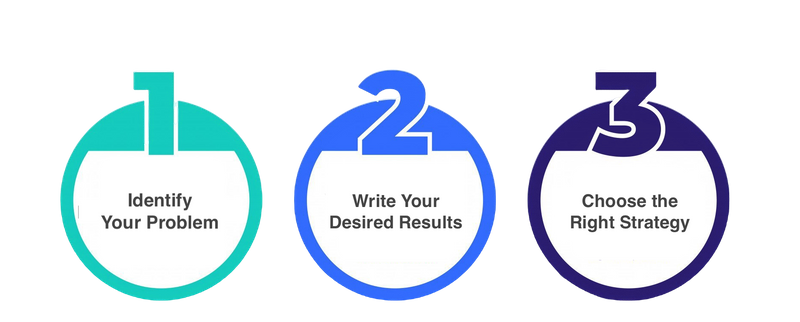
Step 1: Identify the Problem
Identifying the root cause of your pressure is the first step to effectively managing it. As I explored where my own pressure was coming from, I realized that I wasn’t the only one feeling pressure. I started to notice that my coworkers were dealing with their own pressures too, with signs showing up in their work.
Below are examplesof different pressures with common signs for each. Do any of these sound familiar to you?
Pick the scenario that feels familiar to identify where your pressure is coming from.

Layla — task and time management pressures: She is juggling multiple projects with tight deadlines that seem impossible to meet. She starts with a long to-do list, and only manages to complete a few tasks. She takes on more work than she can handle.

Sebastian — team dynamics pressures: He feels unsupported by his team and supervisor, with unclear roles and deliverables.
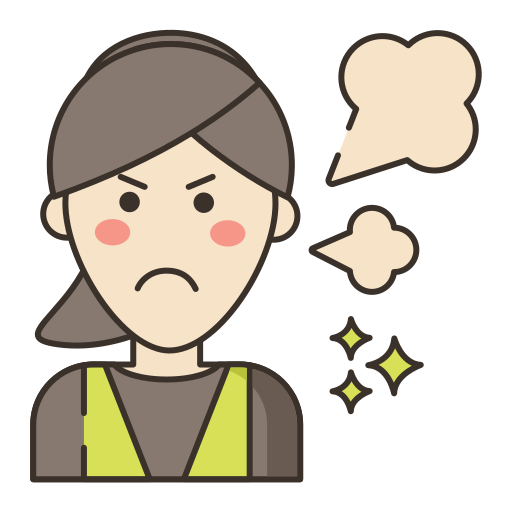
Yan — mindset and emotional pressures: Her perfectionism slows her progress, while self-doubt and fear of failure make decisions harder.

Omar — organizational pressures: He’s stressed by high-performance expectations and feels undertrained for some tasks, making it hard to meet expectations.

Sarah — environmental and external pressures: She is distracted by frequent interruptions from emails, calls, and coworkers. Also, her personal life stress impact her ability to focus on work tasks.
Quiz
You’ve realized that team dynamics pressures are impacting your work. What’s the best next step?
Step 2: Write Your Desired Results
After identifying the problem,take a moment to picture yourself handling everything with ease. Imagine your ideal workday. How does it feel? What’s different? What’s easier? What’s possible now?
My goal was simple: get on top of my tasks without feeling buried by deadlines. I wanted to tackle things one by one, get stuff done, and actually feel good about it at the end of the day.
Write down the results you want to see, and make them your goal.
 Image courtesy of Tumisu via Pixabay
Image courtesy of Tumisu via Pixabay
Desired Results
Here are some examples to inspire you:
Task and time management pressures: Complete tasks on time without feeling overwhelmed by unrealistic deadlines.
Team dynamics pressures: Clarify roles and expectations. Strengthen relationships with colleagues.
Mindset and emotional pressures: Overcome perfectionism. Boost self-confidence.
Organizational pressures: Seek proper training and support.
Environmental and external pressures: Minimize interruptions. Mentally separate personal life from work.
What’s your desired outcome? Write it down and keep it in mind as you move forward.
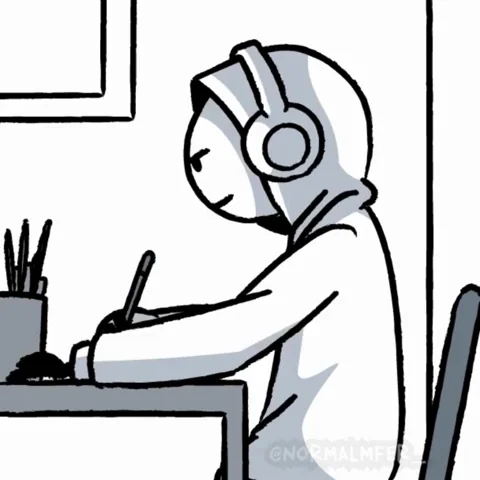
Step 3: Choose the Right Strategy

Pick the strategy that matches your goal:
1. Time Management
Time-blocking: Assign specific hours for key tasks and set timers for work (e.g. 25 minutes) and breaks (e.g. 5 minutes). Stick to the schedule.
2. Improve Communication
Set clear expectations: Schedule a 10-minute chat with your team to confirm deliverables, roles, and expectations.
3. Shift Mindset
The power of threes: Focusing on three tasks at a time keeps your brain organized and stress-free. Pick your top three priorities for today. Break them into three small steps.
4. Increase Resilience
Reframe pressure: View pressure as a challenge rather than a threat. Write down a challenging task and a positive outcome that could result from handling it.
5. Improve Focus
Shift focus: Write down personal concerns, then stand, stretch, or take deep breaths to physically shift focus. This physical action reinforces the mental shift, helping you stay present. Enable “Do Not Disturb” for 1-2 hours.
Check out the following real-life case studies to see how others reduced pressure and boosted focus.
Case Study 1: The Pomodoro Technique

The challenge: Layla was overwhelmed with multiple projects and tight deadlines. She needed a way to stay focused.
The approach: She decided to try the Pomodoro Technique.
The strategy: The Pomodoro Technique, developed by Francesco Cirillo, breaks work into manageable chunks with built-in breaks to maintain productivity. Layla followed these steps:
Work for 25 minutes (a "Pomodoro"), then take a 5-minute break.
Track how many Pomodoros you can complete in a day.
Reward yourself after achieving a set number of Pomodoros (e.g., 4 Pomodoros = a coffee break).
How it worked: At first, it was challenging for Layla to resist the urge to multitask or check her phone during work intervals. She soon realized that the time blocks kept her focused, while the breaks helped her recharge and avoid mental fatigue. By the end of the day, she felt accomplished rather than exhausted.
The results: Within a couple of weeks, she completed more work, felt less stressed, and met deadlines without the pressure she used to feel.
Case Study 2: The Distraction Jar
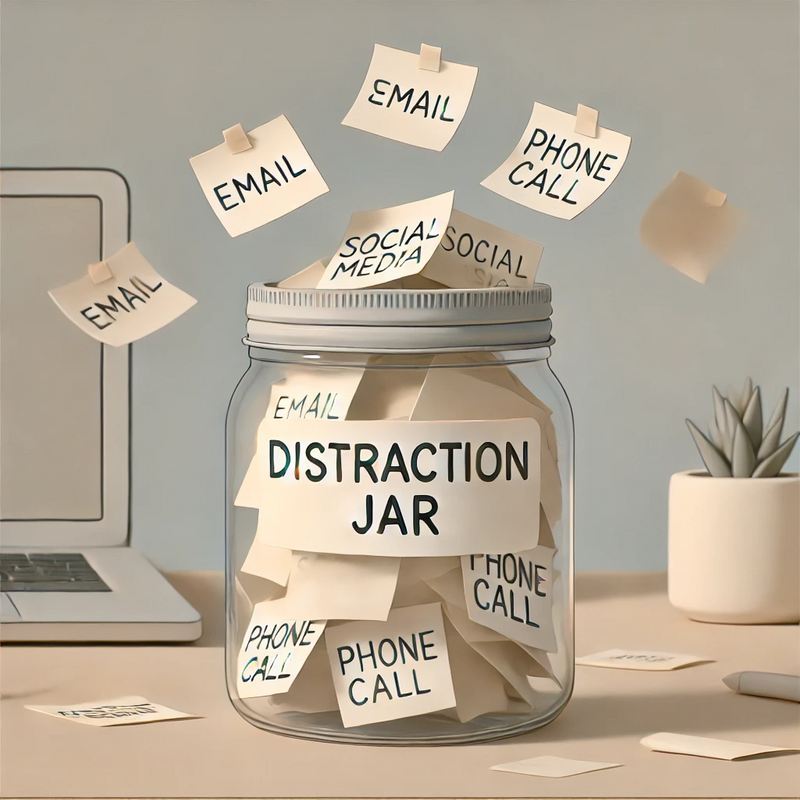 Image created by the author
Image created by the author
The challenge: Sarah kept losing focus throughout the day. Random thoughts, phone notifications, and to-do list worries kept pulling her away from work.
The approach: She decided to try the Distraction Jar technique to manage her focus.
The strategy: The Distraction Jar helps clear the mind by acknowledging distractions without letting them take over. Sarah followed these steps:
Every time she got distracted, she wrote the distraction down on a note card and placed it in a jar.
At the end of the day, she checked her jar to identify patterns and find ways to reduce distractions the next day.
When she noticed progress, she treated herself to something small, like her favorite dessert or an extra break.
How it worked: At first, Sarah was surprised by how often her mind wandered. But writing distractions down helped her let them go instead of acting on them. Over time, the jar had fewer slips, and she noticed it was easier to stay on task.
The results: After a couple of weeks, Sarah was getting more done, feeling less frustrated, and staying focused without constantly battling distractions.
Take Action
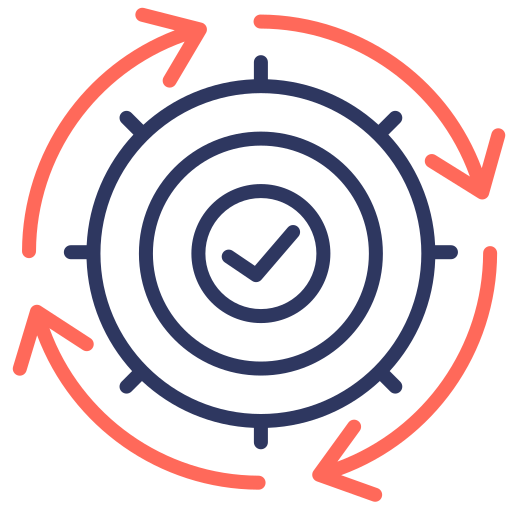
Consistency is key. Small changes lead to big results over time!
Your feedback matters to us.
This Byte helped me better understand the topic.
